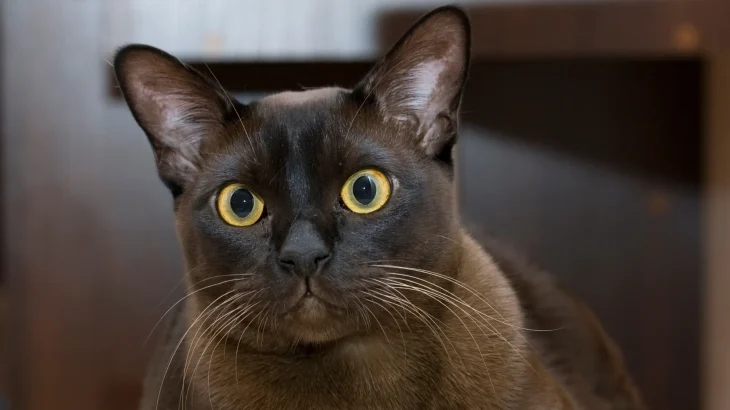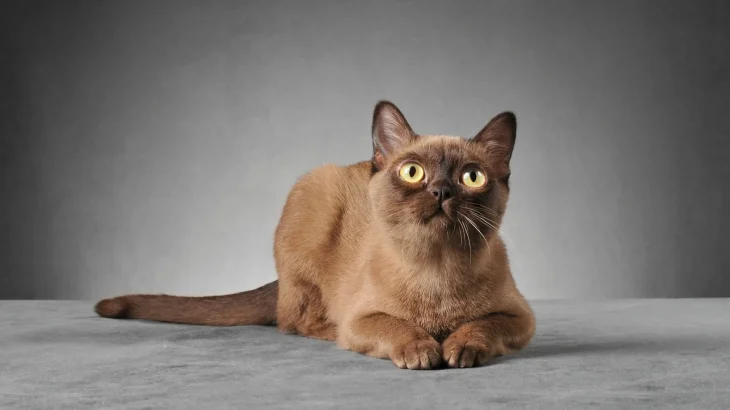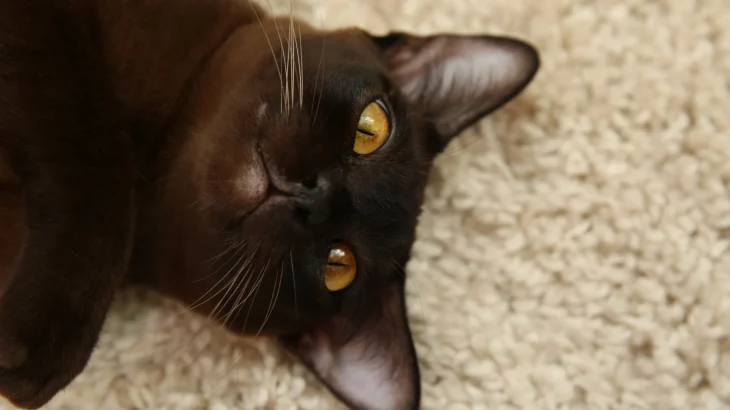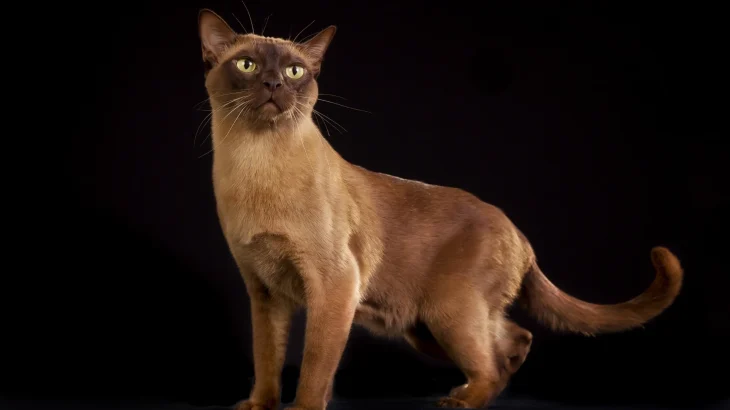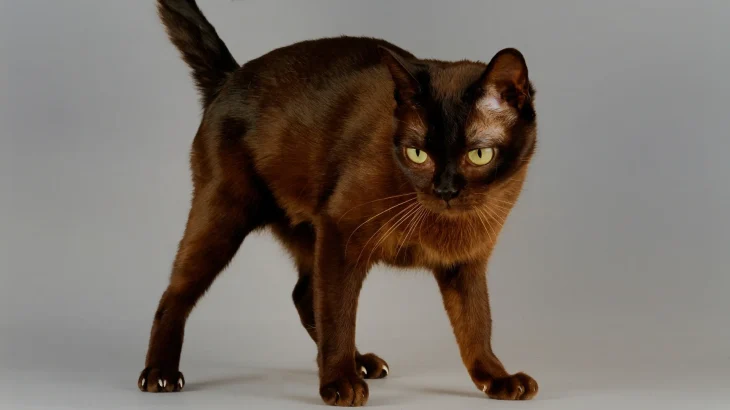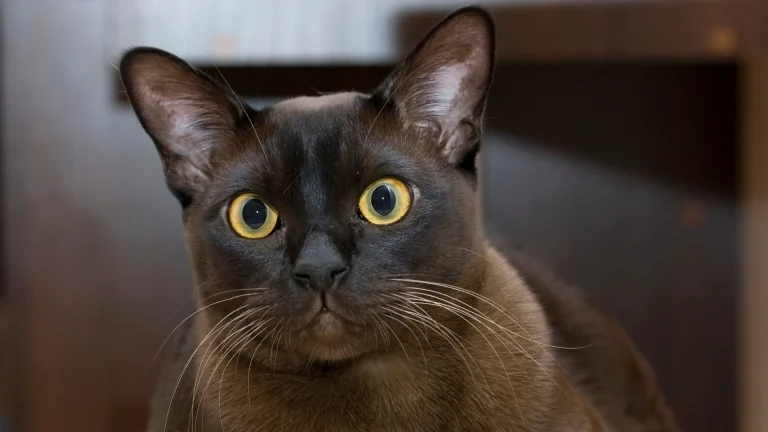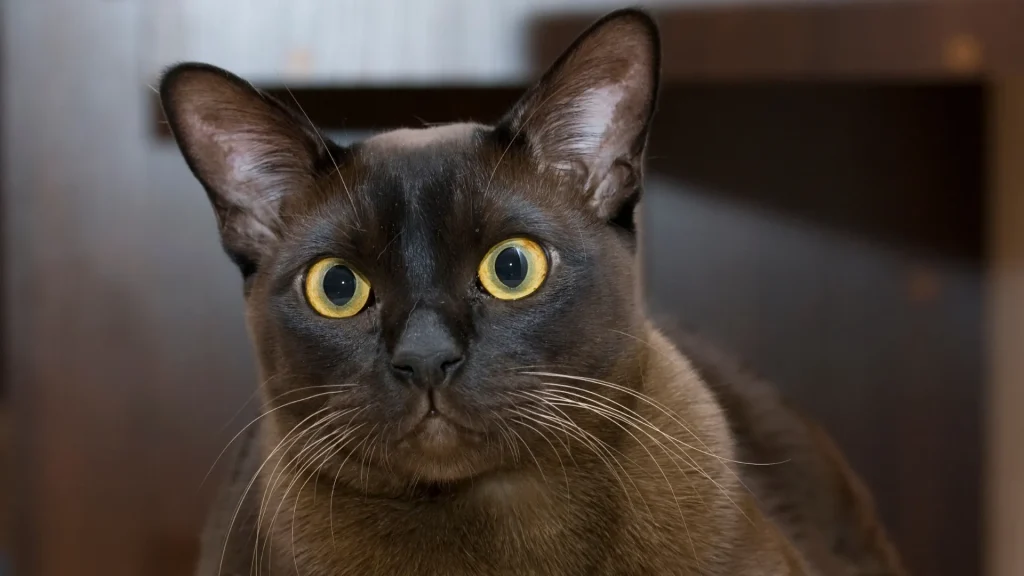Choosing between adopting or purchasing a Contemporary Burmese kitten involves weighing the benefits of each method. Purchasing from a breeder often ensures you know the kitten's lineage and health background, while adoption can provide a loving home for a cat in need, often at a lower cost. Each choice offers distinct advantages depending on what matters most to you.
Adoption vs. Breeder: Pros & Cons
| Criteria | Buying from Breeder | Adopting from Shelter/Rescue |
|---|---|---|
| Cost | Higher initial cost for purebred kittens, reflecting pedigree and breeding expenses. | Lower adoption fees; often includes vaccinations and spay/neuter. |
| Health History | Comprehensive health records and genetic screening by reputable breeders. | Health history might be limited; shelters conduct basic health evaluations. |
| Age Availability | Usually kittens, allowing early socialization from a young age. | Variety of ages available, including adult cats. |
| Temperament Insight | Breeders can provide detailed background on typical breed temperament. | Shelter staff may offer observations but full temperament history may be unknown. |
| Supporting Practices | Supports breeding programs focused on breed standards; choose ethical breeders. | Supports animal welfare by giving homes to cats needing families. |
| Ethical Considerations | Responsibility to ensure breeder follows ethical breeding practices. | Promotes responsible rehoming and reduces homeless cat populations. |

